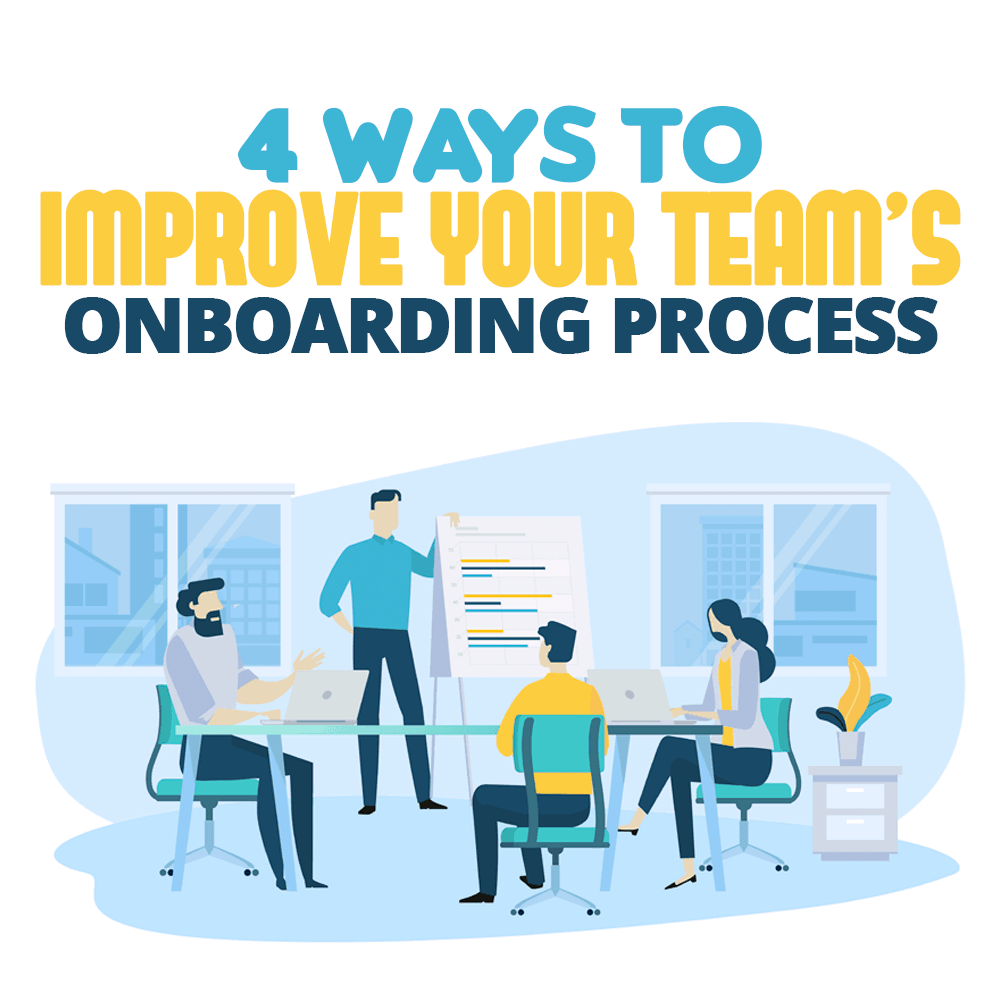
Welcoming a new team member is an event most of us have been a part of at one point or another. The stage of welcoming a new team member has two sides: You are either the welcomer or the one being welcomed. Either way, it is important to play our part right so that every team member can add the maximum effect they can toward making the team thrive. Not welcoming a team member properly can lead to unexpected circumstances that could have been handled better had the welcoming process been properly managed.
The impact on the general structure of the existing team can be negative if the new member is not properly welcomed into the team. It is like adding a new part to a working machine but not fixing the new part properly. The machine might still work but will not perform optimally. Once friction begins to erupt in any team, that team is on its way to lower and lower performance.
How you onboard a new member is basically more about how you continue to grow a team. If at any point that method of team development fails, the entire company as a whole could fail as well..
Here are four ways that I believe can help any team improve its onboarding process.
Have All Standard Operations and Processes Documented
Know that a new team member might be an experienced developer coming from another organization but might struggle with adapting to the way things are done on your team. As such, it is important to always seek to provide an environment that makes the process simple and easy to understand. You do not want to have a process that makes a very good team member feel like they know nothing, since you have not provided well-developed information on how to proceed at any point.
One of the most important things every team needs to have is documentation. Documentation is important to state what needs to be done and how it should be done.
It is easy to fly in the dark if no documentation is provided. A new team member can follow methods that do not align with the way things are done in your organization. Simply correcting these kinds of issues is usually time wasting and can make new team members feel completely out of touch if everything they have done is basically considered useless because they did not follow the company’s standard.
We do not want anyone on the team to feel less important or useful.
Sometimes a document might contain all the details but skip very simple and/or really important details that need to be explained from the start. Every new developer comes in with their own set of experiences and expertise. This makes it important to schedule a session where another developer can take the time to explain the document to them, piece by piece. This helps build a deep trust and understanding between the new member and the rest of the team, making sure everyone gets along nicely.
Set Up Training Courses
Understand that some methods might be new knowledge to the developer. Ensure you have some introductory courses that help teach the new developer these methods and improve their current knowledge of what’s happening.
For example, the version control you are used to might not be what the new developer uses. With just a few practice sessions, your new developer can be caught up and ready to take on their next task.
Having a dedicated time allocated to learning new team methods is important because new members usually feel overwhelmed by the tasks they are assigned within their first week.
Register some courses on sites such as Udemy or Coursera that you want your new members to review, and ensure they have time onsite to review them. Doing this ensures new members are aware of their tasks and are not surprised by any new technology stack to learn after coming into the organization.
Assign a Point Person for the New Hire

The next step is to assign a contact person for the new developer. It is not okay to simply tell them to reach out to every member of the team. Ensure that there is a person responsible for the new developer.
For every question and observation they have, the new developer can channel them to the particular point person. This creates a better experience than expecting the new developer to simply reach out to any member of the team. Understand that no matter how outgoing you are, it still takes time to get used to new people, so make the process a bit easier, and ensure the new developer has a go-to person at every turn.
To also ensure that your point person is not overwhelmed, see to it that their tasks are reduced so they may dedicate their time to helping the new developer grow. Most times, existing team members have so many tasks and deadlines to meet that having to deal with a new developer is usually a very difficult process. This helps to reduce stress and doesn’t put a strain on current team relations.
Include the Whole Team
Lastly, a timeline for all the onboarding activities should be created. That way, everyone on the team can understand where the onboarding process is at any point in time. You do not want to have a system where the new developer is doing one thing and the company thinks they are doing something else. Expectations can be easily misaligned, especially during the first week when the new developer is trying to quickly adapt and the organization is waiting to push them their first project.
It is also important to have a session to introduce the new engineer to the team. This helps all of the current team members better understand and know the new developer. It could be over lunch or just a small get-together to basically introduce the new developer and share other nice information to the team. These sessions are basically to share more about the new developer and build a profile so as to start forming a good relationship between the new developer and the rest of the team.
Bonding between the new developer and the team involves more than just work-related matters. You want to have a new member who does not have to worry about life outside of work during the first few weeks. Show them around if they’re new to the city, invite them to lunch, and answer any non work-related questions they may have. This might be a bit difficult at first but would surely go a long way toward making them feel comfortable in their new job and environment. Sometimes, it naturally happens within a company, but at other times, it can be a good starting place for future, beautiful friendships.
It’s All About Human Connection
Several ways exist to ensure that a new developer feels right at home in their new job. The process of onboarding a new developer is an evolving process, and by having all standard processes well documented, setting up training sessions, assigning a point person for the new developer, and finally involving the entire team in the process, the process can definitely be improved further.
Understanding that every member of the team matters and how you welcome them into the team plays a big role in how they would also welcome every other new developer. Having a beautiful welcome for every member just makes the team more interesting. In the end, we are all humans and the human connection always matters.
